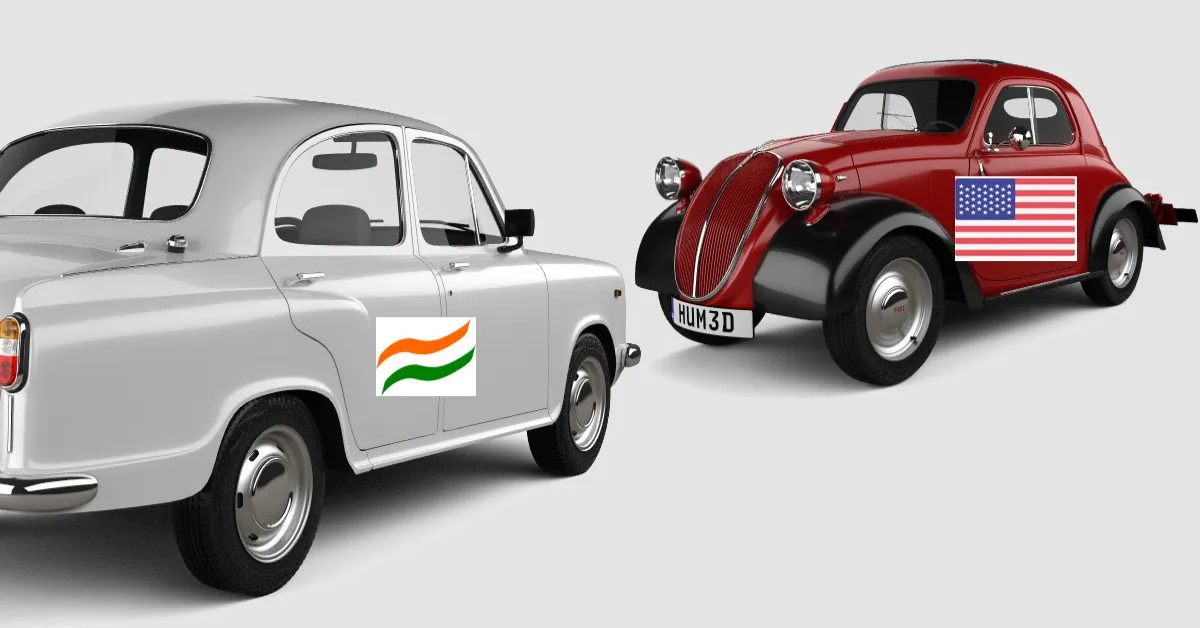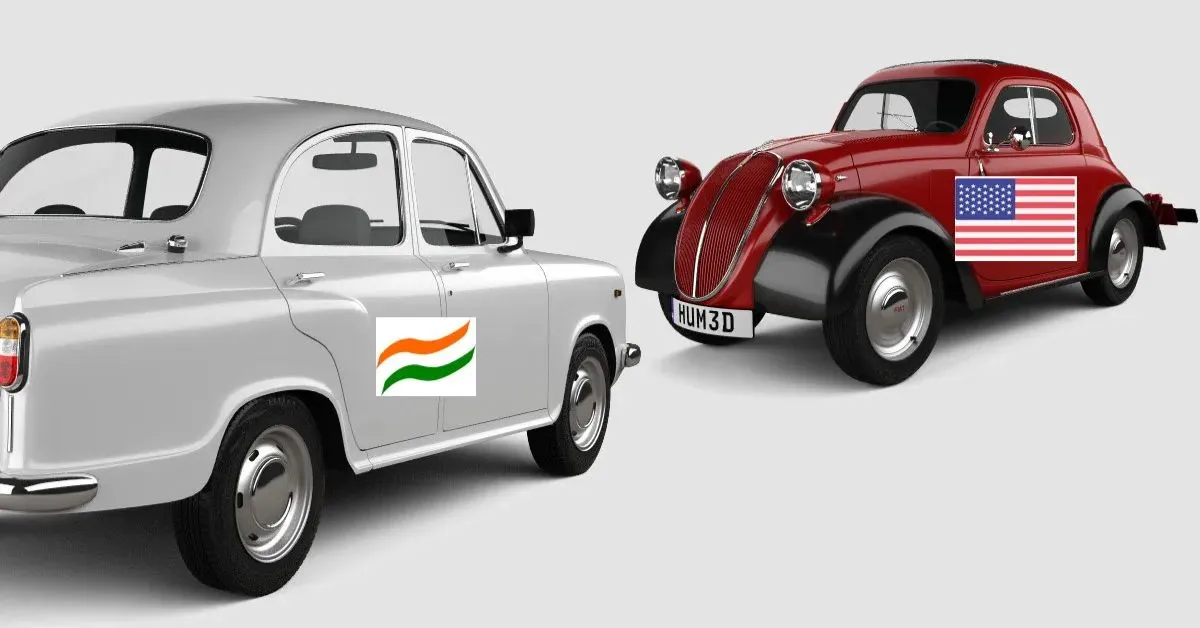Have you ever wondered why certain countries drive on the left side of the road while others drive on the right? The answer is connected to historical, cultural, and even scientific factors.
Driving on the left in a horse carriage? Fight with your right hand!
In ancient times, when people traveled on horses and carriages, it was customary to stick to the left side of the road. This practice originated from the fact that the majority of individuals were right-handed, making it more convenient for them to wield weapons for self-defense if necessary. In the late 19th century, when automobiles were introduced, people persisted in driving on the left side of the road. Nevertheless, as faster and more perilous gasoline-powered cars emerged, numerous countries transitioned to driving on the right. This shift was particularly notable in countries that were formerly under British rule and gained independence. The British themselves maintained their tradition of driving on the left, which they still adhere to today.
Also read: 10 DC Design cars & how they look in the REAL world: Maruti Swift to Mahindra XUV500
Some continued on the left?
Indeed, Ireland, Malta, and India, despite their previous association with the British Empire, continue to drive on the left side of the road. This choice can be attributed to long-standing driving customs, the expenses and inconveniences associated with transitioning, and the challenges involved in retraining a significant number of drivers.
Now, why did some countries switch to driving on the right?

There are several reasons behind the variation in driving practices, including significant historical events such as the French Revolution. In 1792, France transitioned to driving on the right side of the road to align with the revolutionary ideals of that time. The decision to shift to driving on the right in Sweden, which occurred in 1967, was motivated by two main factors. Firstly, there was a growing influx of cars imported from countries that drove on the right. Secondly, there was a pressing need for improved road safety. In various other nations, the switch in driving practices was influenced by a combination of factors such as colonial powers, trade relationships, and military alliances.
Is driving on the right actually safer?
The belief that driving on the right side of the road is safer is rooted in the assumption that the majority of people are right-handed, making it more comfortable and instinctive for them to operate a vehicle on the right. Additionally, driving on the right enhances visibility of oncoming traffic, thus reducing the risk of head-on collisions.
Numerous studies have been conducted to investigate the correlation between a country’s driving side and its road safety performance. The World Health Organization conducted research revealing that nations driving on the right side of the road exhibit lower road traffic fatalities compared to those driving on the left. Another study conducted by the Swedish National Road and Transport Research Institute discovered that transitioning from left-hand to right-hand driving could potentially decrease road traffic accidents by up to 40%.
Really?
No, we cannot definitively assert the superiority of one side of the road over the other in terms of safety. The driving side adopted by a country is merely one among several factors that can affect road safety. Elements such as road infrastructure, traffic regulations, and driver behavior also exert significant influence.
The tradition of driving on the left or the right predominantly stems from historical origins, encompassing the impact of early driving customs, imperial powers, and a touch of scientific reasoning. However, the question of whether driving on the right is inherently safer than driving on the left remains a subject of ongoing debate.
Also read: Upcoming 2022 Maruti Suzuki Vitara Brezza rendered

